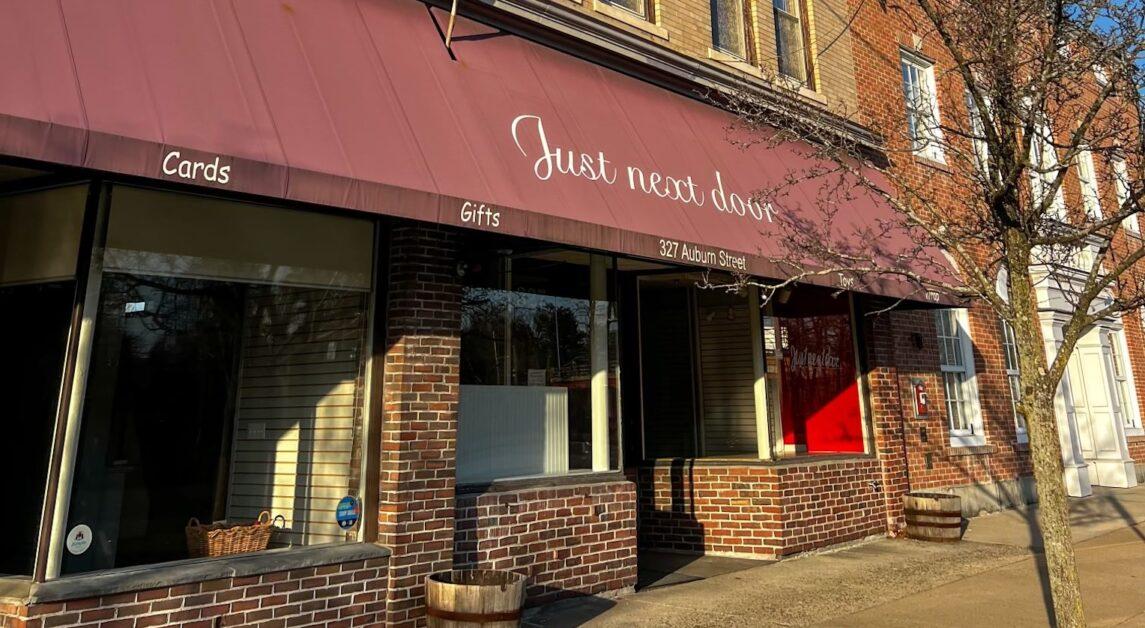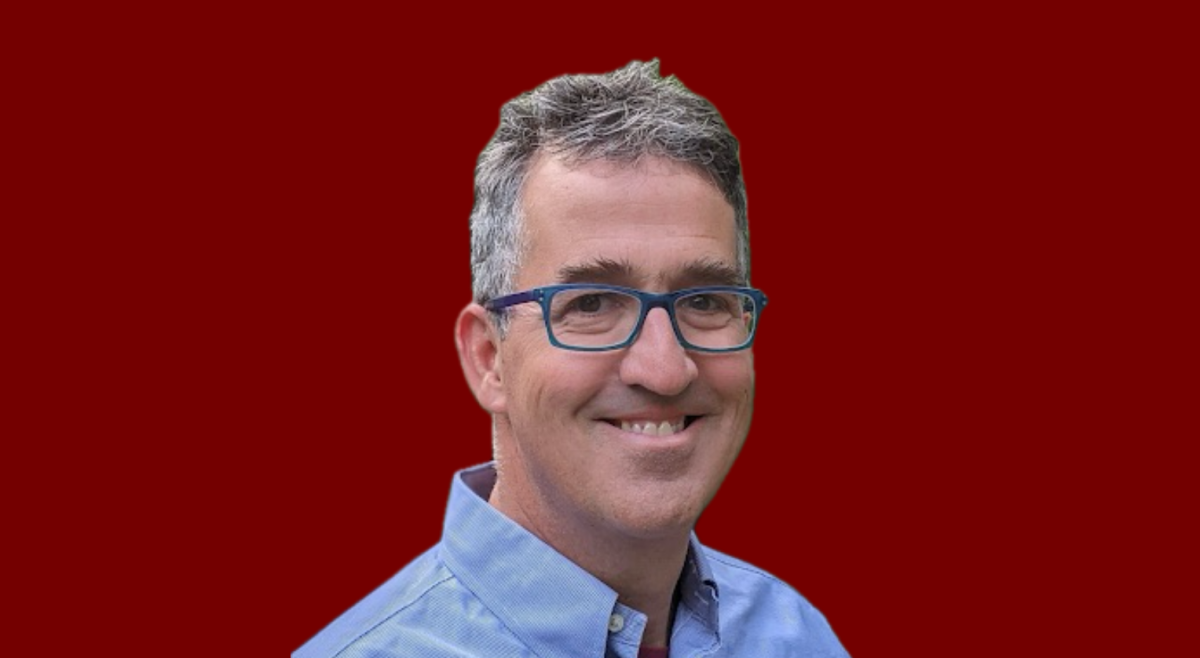On his usual flights from Boston to New York’s LaGuardia Airport, Dave Balter started noticing the tens of thousands of headstones lining the endless fields of cemeteries nearby. On the approaching descent, Balter decided to play a little game. He wanted to see how many people he could count that were visiting deceased loved ones in the cemeteries. For his first flight coming in, he saw none. Then, second, third, and fourth flights went by—also none.
“After about 20 flights, I never saw a living visitor, which sort of triggered this moment—we have this legacy way of memorializing deceased loved ones,” Balter said. “Why don’t we do this anymore? Maybe we’re a transient society or cemeteries are just creepy and, frankly, we don’t like going to them.”
In the digital age, our stories are becoming defined by digital photographs, among other technological devices and functionalities. Coming to this realization, Balter—the CEO and co-founder of Mylestone—entered the funeral industry, affectionately also known as the death industry. His goal: to revolutionize the antiquated field by creating more efficient methods to memorialize deceased loved ones.
After basing the startup in Boston, where he had already founded Intelligent.ly and was well integrated into the tech and startup community, Balter and his team soon discovered that the death business is technophobic. And individuals with recently deceased loved ones rarely call numerous funeral homes to compare prices.
“People aren’t going to go around calling funeral homes and asking: ‘Hey, what type of technology do you have?’” Balter said. “So, they basically have no requirement to change.”
After visiting many funeral homes, Balter and his team realized how slow the process is—several times, family members would get stuck deciding which photographs of their loved ones they should memorialize.
“That triggered us—wait a second,” Balter said. “If one of the problems we started having was that people had too much digital clutter—way too many photos—but they still liked thinking about the stories of their lives, what if we gave them a tool that made it easy for them to do that? That’s what transformed us into this.”
Mylestone’s founders now focus on the living market, on the people that want to reflect on their lives or share their memories. Balter underscores the storytelling and narrative aspect of these moments that Mylestone will magnify.
“Most of us are not fantastic writers and storytelling is an art,” Balter said. “So what we end up with is people saying ‘too much time’ or ‘too hard.’”
Mylestone bridges that gap by attaining access to the client’s photo library. A biographer from Mylestone will be assigned to inquire about your photos via text. Then, the story steadily comes to fruition with minimal work and effort on the client’s part. Mylestone strategically matches you to one of approximately a thousand writers or biographers, helped with pictures you provide.
“We usually start with a picture out of the album,” Balter said. “You’ll get a text that usually says, ‘Hey! Check this [photo] out!’”
Once enough information has been collected, the assigned writer will get back to you with a story to accompany your memories and photo albums. Balter detailed how Mylestone focuses on preserving of the living—people like to relive their own stories and photographs. Moreover, Balter described how memorializing these photographs preserves your story for friends and family.
“It’s kind of fun to look at your photos and have somebody actually ask you questions about things and tell you what they think is interesting,” Balter said. “It’s a very different way of engaging with that library.”
In a technologically driven society, many of us want our stories preserved. Mylestone intends to magnify and share these idiosyncratic stories and redefine how we preserve memories and share our stories more than just by scrolling through a photo album.
Featured Image Courtesy of Mylestone













